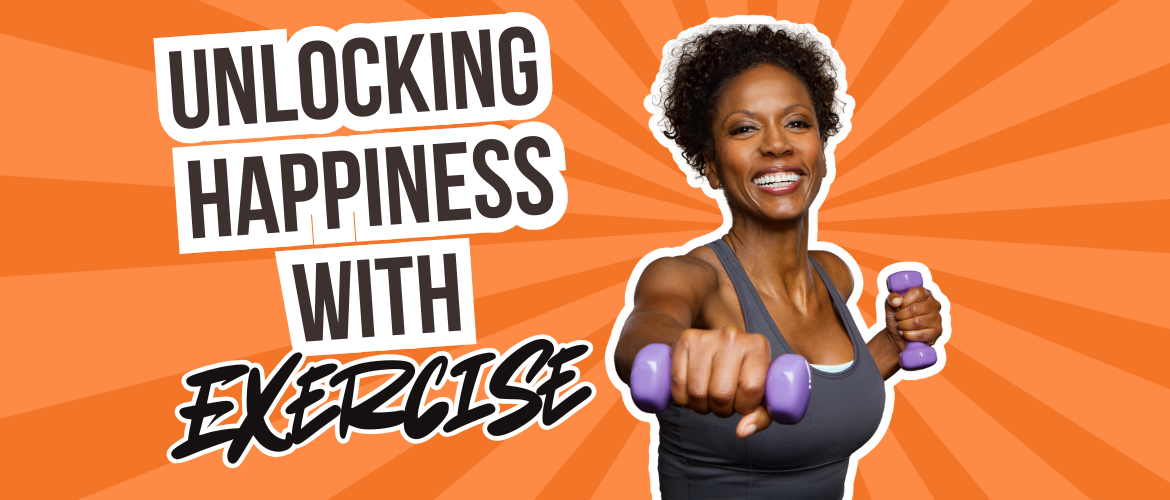GET IN TOUCH TODAY!
"*" indicates required fields

This post is based on our most popular Storm Fitness Academy podcast episode ever, where I break down how exercise can boost your so-called “happy hormones” — and how coaches can use this knowledge to get the best from their clients.
A quick note: Not all of these chemicals are strictly hormones — some are neurotransmitters or act in multiple ways — but we’ll use the term “happy hormones” here to keep things simple and relatable.
I recorded this one while walking across the beautiful Cissbury Ring in sunny Sussex — the perfect backdrop for talking about the feel-good chemistry behind exercise.
We’ll explore four key players in boosting mood and motivation: endorphins, dopamine, serotonin, and oxytocin. More importantly, you’ll learn how to use them to create better workouts, improve client adherence, and make training more enjoyable.
I first learned about endorphins during a tattoo session on my spine. Halfway through, the artist said, “Don’t worry, in a minute your endorphins will kick in.” Sure enough, that rush took the edge off the pain.
Endorphins act as your body’s built-in pain relief system, released when you push yourself out of your comfort zone. In training, that means:
Higher-intensity intervals
Challenging circuits
Supersets, drop sets, and other advanced training techniques
Hill sprints or varied-terrain runs
Coaching tip: Encourage clients to embrace occasional discomfort, but balance it with recovery to avoid burnout and overtraining.
Dopamine is linked to reward and achievement. It’s the same chemical you get from ticking off a to-do list — which is why keeping a training log is so powerful.
You can boost dopamine in clients by:
Setting clear, achievable workout goals
Recording completed sessions
Celebrating attendance as much as performance
Apps like Garmin Connect or Strava do this automatically, but even pen and paper works. When clients see consistent check marks against their goals, their motivation soars.
Serotonin is tied to status, confidence, and self-esteem. It’s released when clients see evidence they’ve improved.
You can trigger serotonin boosts by:
Tracking measurable progress (weights lifted, distances run, times improved)
Highlighting personal bests
Comparing clients to their past selves, not others
Apps like Trainerize are great for this, but simple spreadsheets or logbooks work too. The key is showing clients they’re becoming an upgraded version of themselves.
Oxytocin is often called the “love hormone” and is released when we feel valued, connected, and part of a community.
Ways to build oxytocin in training:
Create a welcoming environment where people know each other’s names
Use positive recognition and encouragement
Offer (appropriate) physical contact like high-fives or fist bumps
Build online groups where clients share wins and support each other
Whether in-person or online, community matters. Clients who feel part of a tribe stick around longer and enjoy training more.
If you want clients to feel happier, stay committed, and get results:
Challenge them for endorphins
Track workouts for dopamine
Record progress for serotonin
Build a community for oxytocin
It’s not just about sets and reps — it’s about creating the right emotional chemistry.
At Storm Fitness Academy, we train you not just to deliver workouts, but to inspire lasting change. Whether you’re looking to become a qualified Level 3 Personal Trainer or specialise with our Level 4 Strength & Conditioning course, we’ll guide you every step of the way.
Please fill out the contact form, and let’s talk about your next move in the fitness industry.
"*" indicates required fields